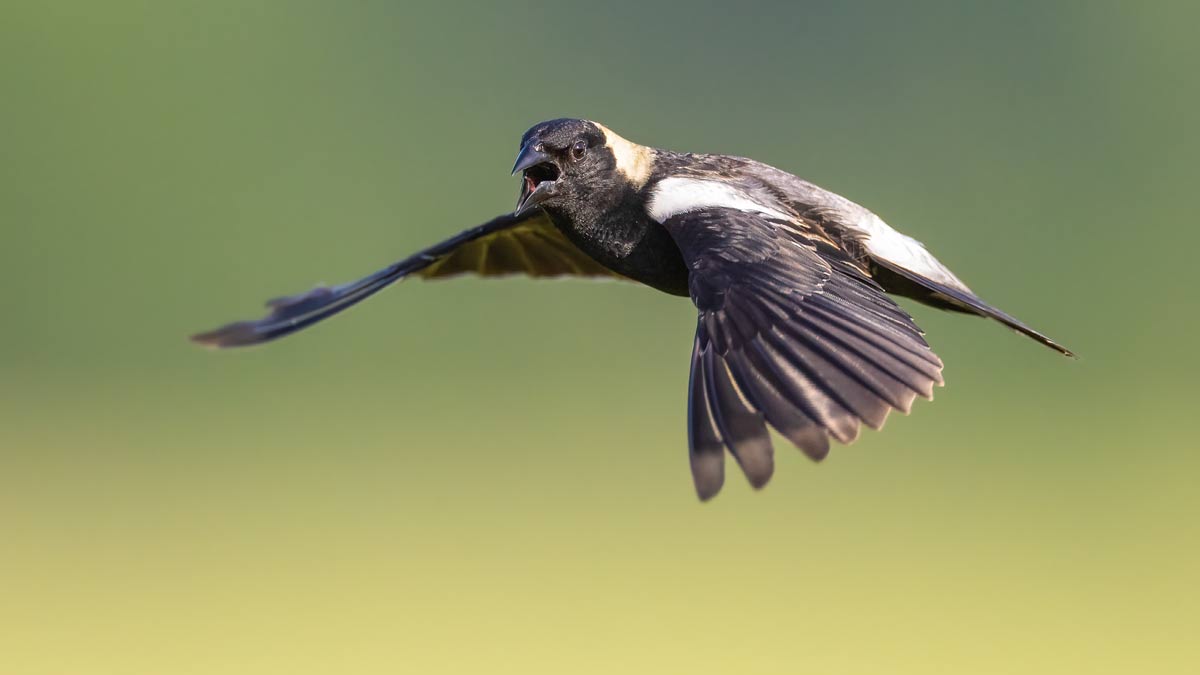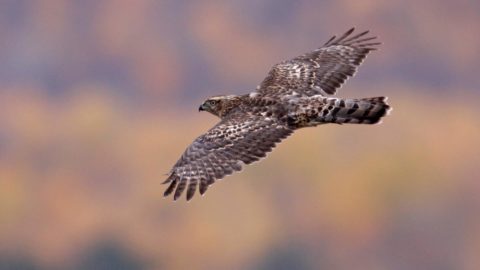View From Sapsucker Woods: The Bioacoustics Revolution Is Here
September 22, 2022
From the Autumn 2022 issue of Living Bird magazine. Subscribe now.
Pioneering physicist and Nobel laureate Niels Bohr is often credited with the Danish aphorism “Predictions can be very difficult—especially about the future”!
This issue of Living Bird includes the annual report of the Cornell Lab of Ornithology and I love reading it, not just to celebrate what our teams and collaborators have achieved over the past year, but to anticipate what’s coming next. This year I’m struck by the impact next-generation bioacoustics is having across our programs and products. So, while it’s always prudent to keep Bohr’s caution in mind, I do believe we are entering a bioacoustics revolution.
The most obvious manifestation for many of us is the addition of Sound ID to our Merlin Bird ID app for smartphones, which combines the magic of artificial intelligence and the depth of our Macaulay Library sound archive to put a world-class birding companion in each of our pockets. Even as I sit here on the deck writing this essay, I have my phone on the table next to me, quietly running Merlin Sound ID, alerting me to the little tinks and chips that identify the warblers that have dropped into Ithaca overnight, and even the soft bink of a Bobolink high overhead as it begins its monumental journey south.
The impact of this acoustical revolution is much deeper than simply allowing us to recognize bird species calling in our gardens and parks. It has turned us into bionic birdwatchers; super-detectors of even the most difficult species. This will have a profound effect on the type of data we gather as citizen scientists, meaning we have to retune our eBird population models to take into account the fact that more people are able to find and identify more species. As the repertoire of sounds expands, we are even beginning to be able to identify the migratory bird species that are flying over us at night, using flight calls to understand exactly which species are using which routes, on which days. The science of bird monitoring will never be the same again.
The revolution is also broader than birds and birdwatchers per se. Many of the techniques underpinning this new era of bioacoustics were originally developed for other taxonomic groups, particularly cetaceans (whales and dolphins). One of the most exciting discoveries I have heard over the past year is that fish also make species-specific calls, and these are already being used to manage reefs and fisheries. This multi-taxon approach to bioacoustics is baked into the DNA of the Cornell Lab from its earliest days and, through the K. Lisa Yang Center for Conservation Bioacoustics, we are now monitoring groups as diverse as insects, mammals, and amphibians. The key advance has been to combine flexible software for automated species recognition, such as BirdCast, with huge arrays of autonomous acoustic recording units, like Swift and Rockhopper, and to make the software and devices openly available to researchers and communities around the world. The race is now on to find ways to power these recorders for longer periods, to run the complex species recognition software on the device itself, and to transmit data on the species detected by cell or satellite networks. Live monitoring of biodiversity across the planet’s great oceans and wilderness areas is within our grasp.
Like all paradigm shifts, the bioacoustics revolution is met with a mixture of excitement and trepidation. I predict it will not only transform how we identify species but also open up nature for a wider range of people, and put cutting-edge scientific monitoring in the hands of citizen scientists and conservationists around the world. Having said all that, I recognize concerns that some may consider the new technologies to be cheating in some way, and automated bird sound ID could mean people no longer learn how to recognize calls themselves. I agree we need to improve how to use these technologies to promote learning, and we will certainly need to recalibrate how we collect and interpret citizen science data, and make sure we continue to protect privacy. But to me, the opportunities vastly outweigh the risks.
As business guru and author Peter Drucker said, “The best way to predict your future is to create it.” Long live the revolution!

All About Birds
is a free resource
Available for everyone,
funded by donors like you
American Kestrel by Blair Dudeck / Macaulay Library


